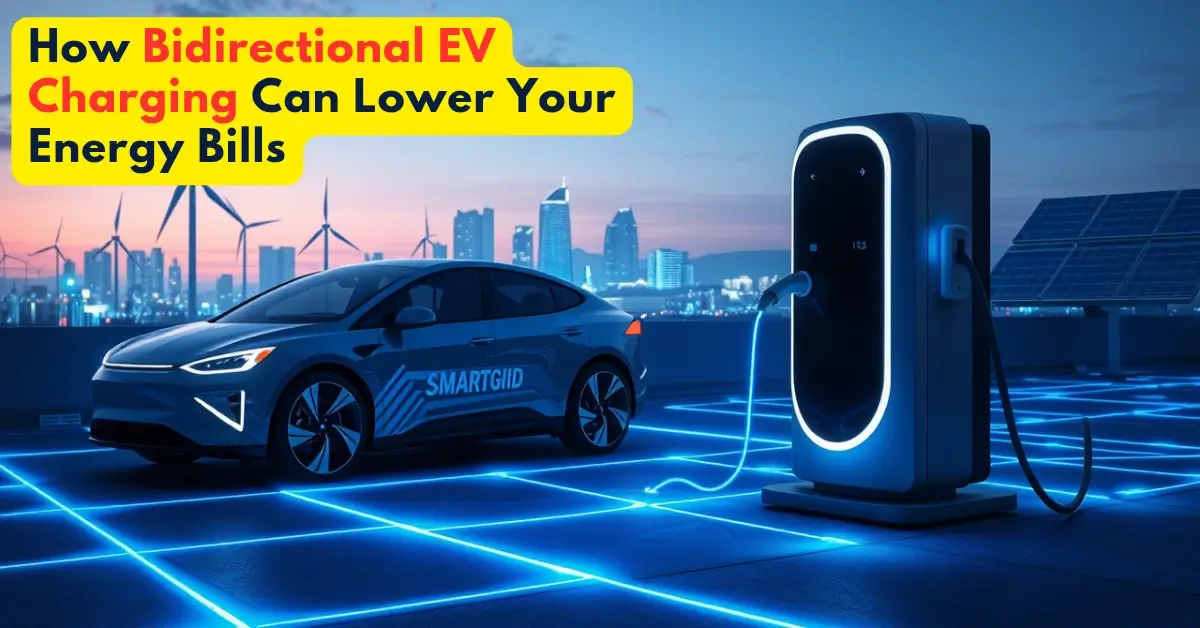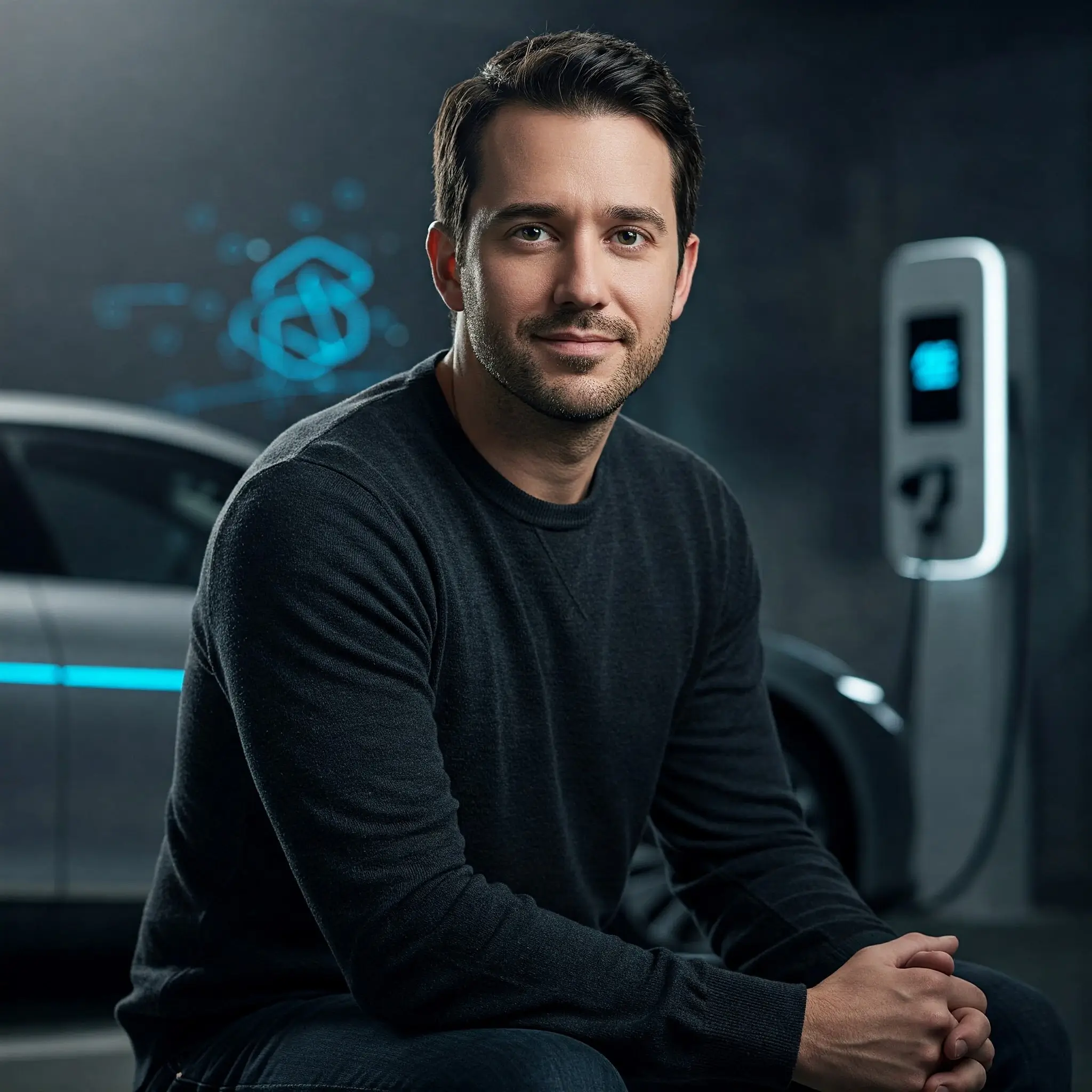Imagine a power outage in your area one evening. Instead of being stuck in the dark, your electric vehicle (EV) has the capability to supply the sufficient energy to keep your refrigerator, lights, and essential appliances running. This isn’t just a science fiction concept; it shows the potential of bidirectional EV charging. Unlike conventional chargers that solely take energy from the grid, a bidirectional EV charger permits energy to flow both ways, turning your EV into a significant energy resource. This innovation not only aids individual homeowners but also plays a crucial role in maintaining grid stability and facilitating the incorporation of renewable energy.
In today’s rapidly evolving energy landscape, bidirectional charging systems are anticipated to play a crucial role. The global market for this technology is projected to grow from $1.03 billion in 2024 to $4.68 billion by 2031, representing a compound annual growth rate (CAGR) of nearly 20%. Let’s look at how this unique technology works, the benefits it provides, and the top chargers and market trends influencing its development.
How Does Bidirectional EV Charging Works?
Bidirectional charging uses advanced hardware and smart software to enable two-way energy flow between your EV, home, and even the grid. Here’s a simple breakdown of its key components:
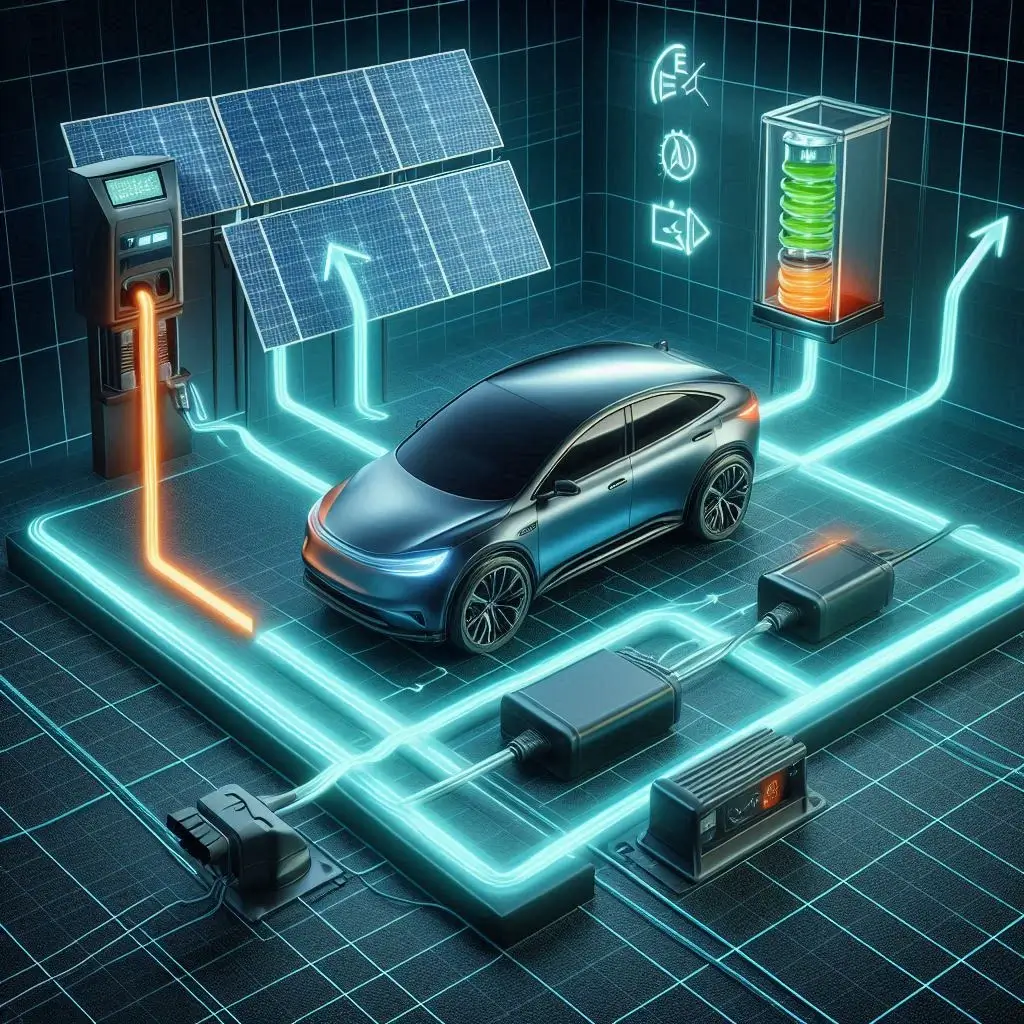
Onboard Charger (OBC) with Bidirectional Capability:
Converts alternating current (AC) from the grid to direct current (DC) for battery storage and reverses the process during discharging.
Inverter Technology:
Manages the conversion between DC and AC power, ensuring that energy can be used in your home or fed back to the grid.
Communication Protocols:
Standards such as ISO 15118 and CHAdeMO ensure that your EV, charger, and grid can “talk” to each other, making the charging and discharging process safe and efficient.
For further technical details, resources like Energy.gov’s V2G Explained and case studies from Nissan are excellent references.
Types of Bidirectional Charging
Bidirectional charging isn’t one-size-fits-all. Here are the primary types and how they serve different needs:
Vehicle-to-Grid (V2G):
How It Works: EVs discharge excess energy back to the grid during periods of high demand.
Real-World Example: Nissan Leaf pilot projects and collaborations (such as Fermata Energy’s projects) that help stabilize grid loads.
Vehicle-to-Home (V2H):
How It Works: Your EV can serve as a backup power source for your home during outages.
Real-World Example: The Ford F-150 Lightning’s capability to power homes during blackouts.
Vehicle-to-Load (V2L):
How It Works: Directly powers external devices and appliances—ideal for camping or remote work sites.
Real-World Example: Hyundai Ioniq 5 providing power for tools and electronics when away from the grid.
Vehicle-to-Vehicle (V2V):
How It Works: Allows sharing of energy between EVs, which can be useful in emergencies or for extending range.
Each type uses similar underlying technology but is tailored to meet specific energy needs.
Market Overview: Growth Drivers and Trends
Bidirectional EV charging is not just a technological innovation—it’s also a rapidly growing market. Consider these insights:
Market Size and Projections:
The market was valued at $1.03 billion in 2024 and is expected to grow to $4.68 billion by 2031, at a CAGR of 19.87%.
Key Growth Drivers:
EV Adoption: In 2022, EVs accounted for 14% of worldwide car sales, an increase from 9% in 2021.
Grid Stability: Bidirectional systems are critical for balancing supply and demand, particularly as renewable energy sources such as solar and wind expand.
Energy Resilience: Around 65% of US homeowners are interested in V2H systems for backup power during outages.
Competitive Landscape: Leaders and Innovations
Several companies are leading the way in this technology. Here’s an overview of the market leaders:
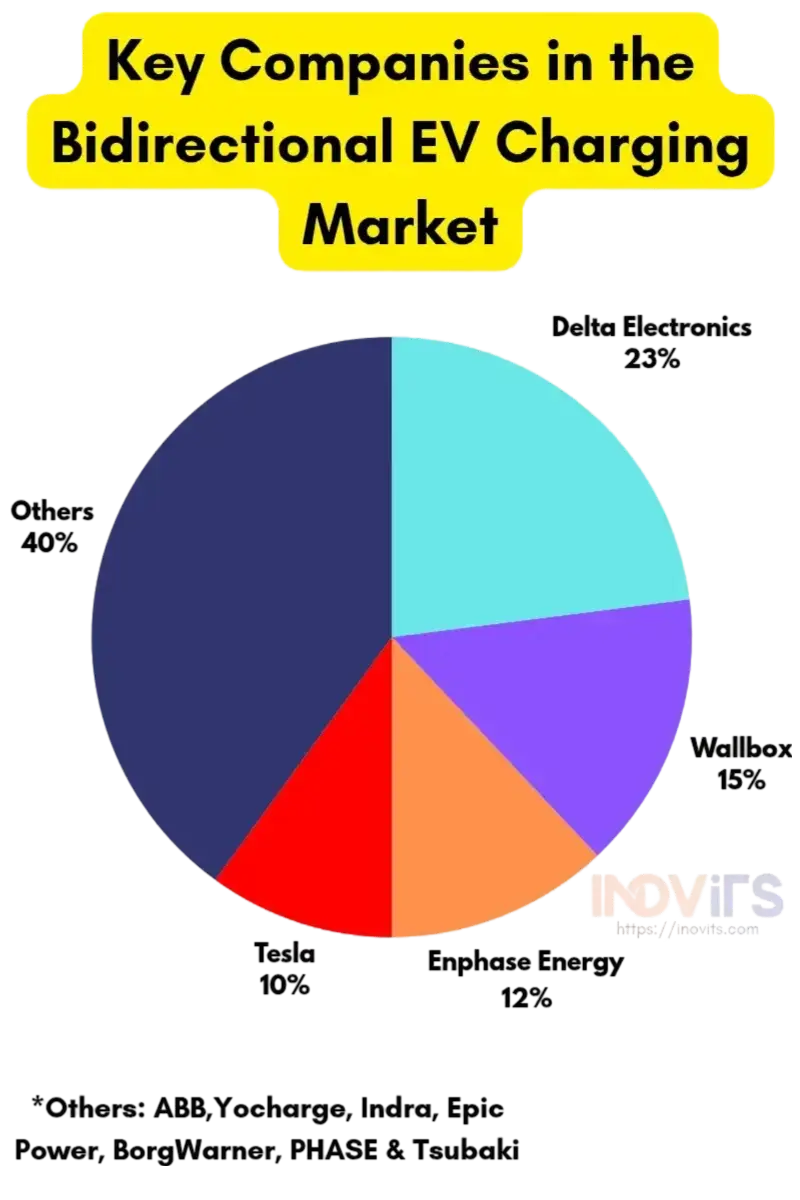
| Company Name | Key Offerings | Market Share (2024) |
|---|---|---|
| Delta Electronics | Level 2 chargers, grid integration solutions | ~23% |
| Wallbox | Quasar 2 (11.5 kW, CCS compatibility) | 15% |
| Enphase Energy | Solar-integrated bidirectional systems | 12% |
| Tesla | Powerwall integration (upcoming) | 10% |
Strategic Moves to Note:
- Tesla (2023): Acquired an energy management firm to enhance its vehicle-to-grid (V2G) capabilities.
- Toyota and SDG&E Collaboration: Conducting pioneering research on V2G applications to support grid stability in California.
Grid Stability: Bidirectional systems are critical for balancing supply and demand, particularly as renewable energy sources such as solar and wind expand.
Energy Resilience: Around 65% of US homeowners are interested in V2H systems for backup power during outages.
Market Segmentation
The market distribution for bidirectional ev charging applications is shown below:
- By Application:
- V2G Dominates (45% Share): Utility firms use electric vehicles to deliver grid services such as peak shaving.
- V2H (30%): Homeowners appreciate the low energy costs and backup power benefits.
- By Region:
- Asia-Pacific: Revenue share is higher in Asia-Pacific, projected to be around 40% in 2023. This growth is primarily driven by favorable electric vehicle (EV) policies in China and Japan.
- North America: North America has more than 35% of the market, aided by federal incentives and testing initiatives that encourage EV adoption.
- Europe: The emphasis is primarily on vehicle-to-grid (V2G) solutions, with 90% of activities focused on grid stabilization.
Benefits of Bidirectional Charging
Bidirectional charging presents several benefits for both electric vehicle (EV) owners and the power grid:
For EV Owners
- Cost Savings:
- It enables users to sell surplus energy back to the grid during peak demand, potentially lowering their electricity costs.
- Emergency Backup Power:
- It guarantees that vital appliances stay operational during power outages.
- Enhanced Renewable Use:
- By integrating your EV with solar panels, you can enhance energy efficiency and lessen dependence on fossil fuels.
For the Grid
- Load Balancing:
- Bidirectional systems help stabilize energy demand and supply.
- Renewable Integration:
- They enable the storage and timely release of renewable energy, supporting a greener grid.
Environmental Impact
- Lower Carbon Footprint:
- Improved energy utilization and reduced reliance on fossil fuels can markedly decrease emissions.
Challenges and Limitations
Despite its benefits, bidirectional charging faces some hurdles:
- High Upfront Costs:
- The price of chargers typically ranges from $3,000 to $6,000, which is a considerable investment compared to traditional unidirectional chargers that usually cost between $500 and $1,500.
- Battery Degradation:
- Regular charging and discharging cycles might affect battery longevity. Research from institutions like Stanford indicates that if managed correctly, this effect can be minimal.
- Grid Infrastructure Needs:
- Modifying electrical grids to support two-way energy flow could necessitate investments between $525 billion and $860 billion by 2030.
- Regulatory Gaps:
- Divergent standards (such as CCS and CHAdeMO) and inconsistent compensation models for energy returned to the grid can impede widespread adoption.
How to Get Started with Bidirectional EV Charging
Ready to make the switch? Follow these steps:
- Check Compatibility:
- Make sure bidirectional charging is supported by your EV. These features have been found to be available in models such as the Nissan Leaf, Hyundai Ioniq 5, Ford F-150 Lightning, and Kia EV6.
- Install a Bidirectional Charger:
- Choose a certified system and have a professional electrician handle the installation.
- Join Utility Programs:
- Additionally, look into local programs that can provide incentives or credits for participation, such as PG&E’s V2G (Vehicle-to-Grid) experimental schemes.
- Pair with Solar Panels:
- Connecting solar panels to your bidirectional charger can increase savings and encourage energy independence.
Future Outlook: AI, Renewables, and Smart Cities
Bidirectional charging appears to have a bright future. This is what to expect:
- AI-Driven Energy Management:
- Based on user behavior and real-time grid demands, intelligent systems will modify charging and discharging.
- Increased Renewable Integration:
- It is projected that 70% of bidirectional projects will use wind or solar power by 2030.
- Wireless Bidirectional Charging:
- To increase customer convenience, WiTricity and other innovative technologies are investigating wireless vehicle-to-grid (V2G) solutions.
- Growing Adoption:
- Bidirectional charging is expected to be installed in up to 70% of new electric vehicles (EVs) by 2030, increasing uptake and improving grid stability.
- Revenue Opportunities:
- EV owners might earn an extra $200–$500 per year by selling excess energy to the grid.
Data-Driven Insights: User Behavior and Adoption Trends
Understanding how and when people charge their EVs can help optimize bidirectional charging.
- Charging Patterns:
- Residential Users: Typically charge overnight, between 6 PM and 6 AM, with approximately 41% utilization of their chargers during these hours.
- Public Chargers: Experience peak usage during the daytime, generally from 10 AM to 2 PM, as commercial users charge their fleets.
- Regional Differences:
- Europe: Focuses heavily on V2G projects to support grid stability.
- Japan: Early adopters of Vehicle-to-Home (V2H) systems, primarily due to frequent natural disasters, have facilitated the widespread adoption of V2H technology.
FAQs:
What is bidirectional EV charging?
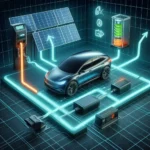
Bidirectional EV charging refers to the idea that your electric car is more than just a battery that needs to be charged; it may also provide electricity when needed. Instead of just drawing electricity from the grid to charge, your EV can discharge energy to power your home or even feed power back into the grid. Think of it like a two-way street: one lane is for charging, and the other lane is for supplying energy when the time is right.
What is a bidirectional EV charging station?
A bidirectional EV charging station is a special type of charger designed to work both ways. Unlike regular chargers that only fill up your car’s battery, these stations are built to manage power flow in both directions. They have extra components—like converters and communication systems—to safely switch between charging your car and letting your car power other things, such as your home or the local grid during peak demand.
What EV charger has bidirectional charging capability?
There are a few advanced chargers on the market with bidirectional capabilities. For example, the Wallbox Quasar 2 includes capabilities that allow you to charge your EV while also using its stored energy for backup power or even to assist stabilize the grid. Similarly, the DCbel R16 has been engineered for this kind of two-way energy flow. It’s important, though, to check if your specific vehicle is compatible, as the charger and the EV need to “speak the same language” for bidirectional functions to work.
What is the difference between vehicle-to-grid (V2G) and grid-to-vehicle (G2V)?
Grid-to-vehicle (G2V) is the method of charging electric vehicles (EVs) by pulling power from the grid. Vehicle-to-grid (V2G) technology, on the other hand, allows EVs to return stored energy to the grid, thus transforming them into little power plants.
What is the difference between vehicle-to-grid (V2G) and vehicle-to-home (V2H)?
V2G allows your electric vehicle to send power back to the larger electricity grid, helping in managing supply and demand. Vehicle-to-home (V2H) refers to a more targeted application where the energy stored in your EV powers your home during a blackout or when electricity prices are high. In essence, V2H functions similarly to having a personal backup generator, whereas V2G serves as a more comprehensive system-wide service.
How does vehicle-to-grid (V2G) differ from vehicle-to-load (V2L)?
Vehicle-to-load (V2L) is about using your EV’s battery to directly power external devices—like running a power tool or charging your laptop on the go. On the other hand, V2G is designed for feeding power back into the grid or to a home/building system, often to help manage energy demand during peak times. So, while V2L is more about immediate, localized power needs, V2G integrates your EV into a larger energy system.
How does vehicle-to-grid (V2G) work?
V2G works by using a bidirectional charger that can both charge your EV and reverse the process when needed. When your car is plugged in, the charger monitors the grid’s demand. At times of high demand, the charger converts the DC energy from your battery back into AC power and feeds it into the grid. This process is controlled by smart software that ensures it’s safe and efficient, often even allowing you to earn credits or money for the energy you supply.
What is vehicle-to-grid (V2G) technology?
Vehicle-to-grid charging technology combined with smart software and intelligent hardware that work on both way, for charge it’s takes energy from the grid and also discharge the energy to the grid. This helps grid to stabilize demand and supply of energy and can also give benefits to EV owner by use of renewable energy.
Which EVs support vehicle-to-grid (V2G) technology?
Currently, only a few models, such as some versions of the Nissan Leaf and Ford’s F-150 Lightning, support full V2G functionality. Tesla has suggested that future models may also include this technology. If you need V2G features, always verify compatibility with manufacturer and local charger specifications.
Conclusion: The Road Ahead
Bidirectional EV charging represents more than just a technical enhancement—it is an essential element of our sustainable energy future. By enabling electric vehicles to both draw and deliver energy, this technology provides considerable financial benefits for owners, improves grid stability, and facilitates the advancement of renewable energy sources. Nonetheless, issues such as elevated costs, regulatory challenges, and the need for grid modernization still exist. Fortunately, continuous advances in artificial intelligence, wireless charging, and smart energy management are anticipated to overcome these challenges.
As the market grows—expected to rise from $1.03 billion in 2024 to $4.68 billion by 2031—bidirectional ev charging will increasingly be integral to supplying power to our homes, cities, and the very grid that supports contemporary life.
| Charger Model | Price Range | Power Output | Compatibility |
|---|---|---|---|
| Wallbox Quasar 2 | $4,000 – $5,000 | 11.5 kW | CCS, CHAdeMO |
| DCbel R16 | $5,000 – $6,000 | 15 kW | CCS, CHAdeMO |
| Tesla Powerwall Integration (Upcoming) | $6,500+ | 12 kW (Expected) | Tesla Vehicles |
For further insights, explore our related guides on “Best Home EV Chargers” and “EV Tax Credits” to see how bidirectional charging can fit into your energy strategy.
